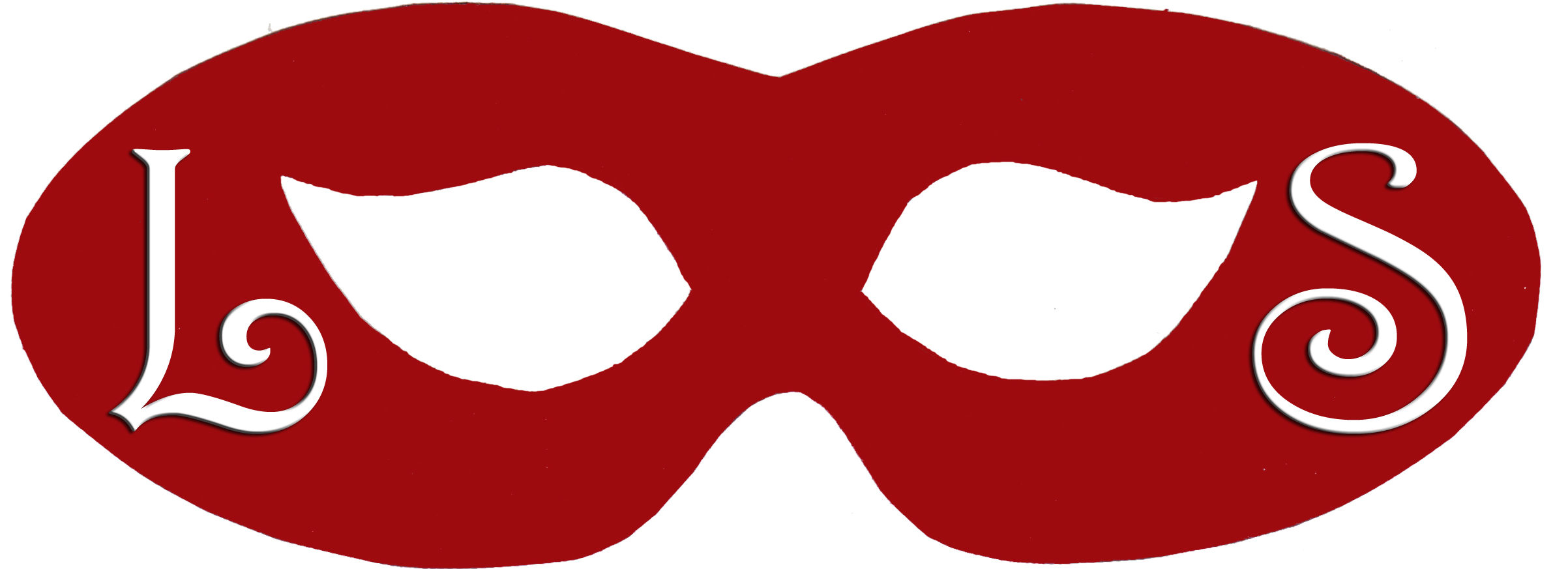NaNoWriMo Prep: Getting Ready to Write the Other
When I see what’s going in with the world today, I want to do my part to make it better. The way I feel most comfortable doing that is with words and encouraging others with the same urge and same knack for stories to do the same. This may be idealistic and naive but I do believe that stories can lead the way to a better future.
The stats of self-segregation for white Americans in their own social networks, according to the PRRI American Values study in 2013, are pretty illuminating. When asked to identify up to seven people the respondent had discussed important matters with in the past six months the breakdown according to race is as follows: 91% white, 1% Black, 1% Latinx, 1% Asian, 1% mixed race, and 1% race that wasn’t listed as an option. The remaining 3% is listed as refusing to answer the question or not the race of these people. This is the problem. Most people stay inside of their certain bubbles and without venturing outside of your bubble it’s difficult to write about others. Whether that other be a different mental or physical ability, mental or physical wellness, socioeconomic status, religion, gender, sexual orientation, or race. (If I missed a broad group identity, please let me know.)
A key to breaking down barriers and creating a dialogue between any/all the different groups vying to be part of the mainstream is to put them in the mainstream in a meaningful way on purpose. Not as a token because #weneeddiversebooks tells you so, but a full realized character. I understand that breaking out of your comfort zone is scary and difficult, do it anyways.
This is not a plea to change everyone in your story to more diverse characters, but to be more inclusive when you are putting together your cast for your story and to make sure each is an individual and not an ambassador for their entire culture. While it’s not your place to tell someone else’s story, it is your place to recognize that all these others belong in your world and your stories.
Here’s where to start when you want to learn about the ins and outs of writing the other:
Daniel Jose Older’s 12 Fundamentals Of Writing “The Other” (And The Self)
Nisi Shawl’s Appropriate Cultural Appropriation
Jim Hine’s Writing The Other
K.T. Bradford’s I Taught People How To Write The Other At A Week-Long Retreat
Most of the links about are coming at the idea from a racial perspective, but that doesn’t mean that you can’t disrespect deaf culture by putting a flat and inaccurate portrayal of a deaf person in your story.
